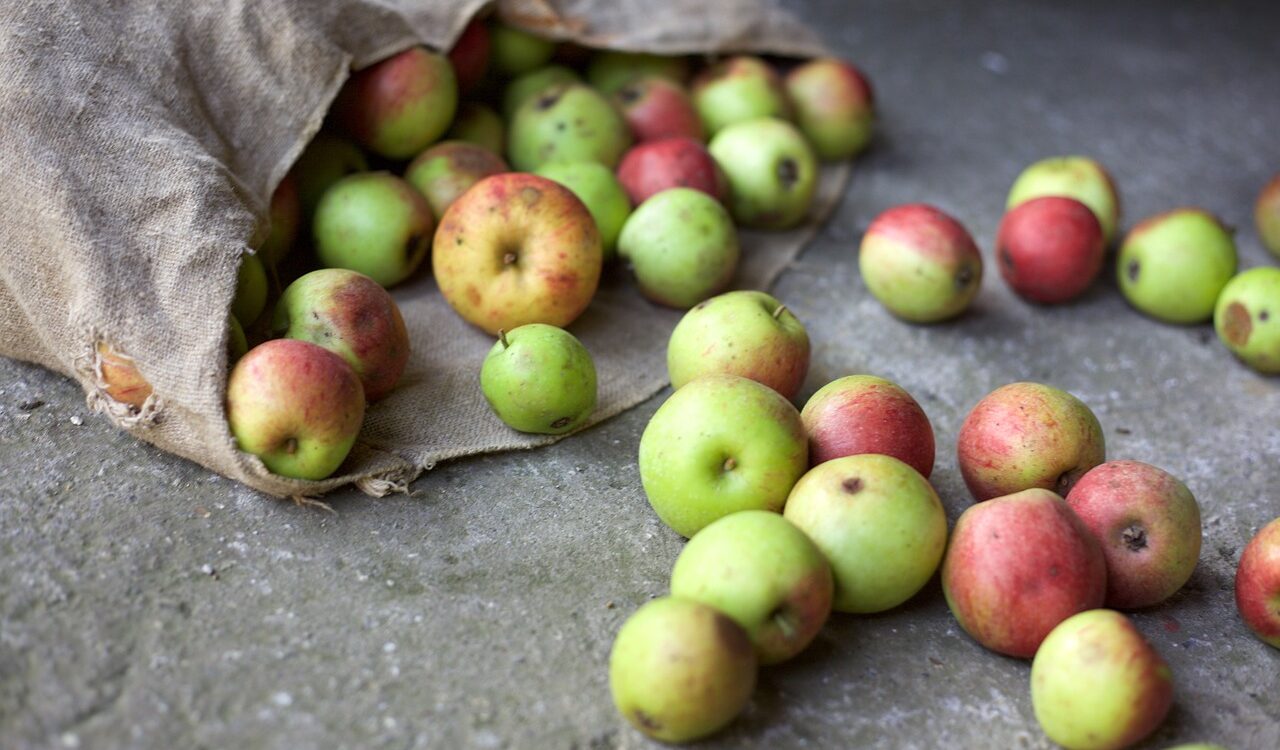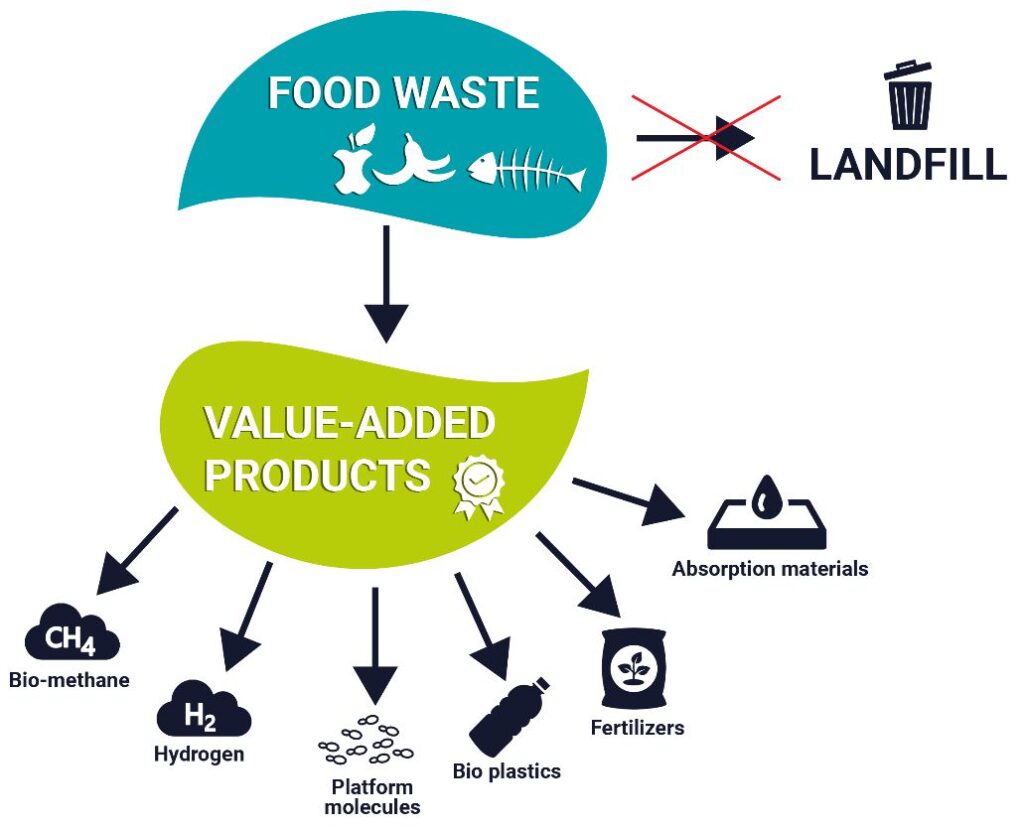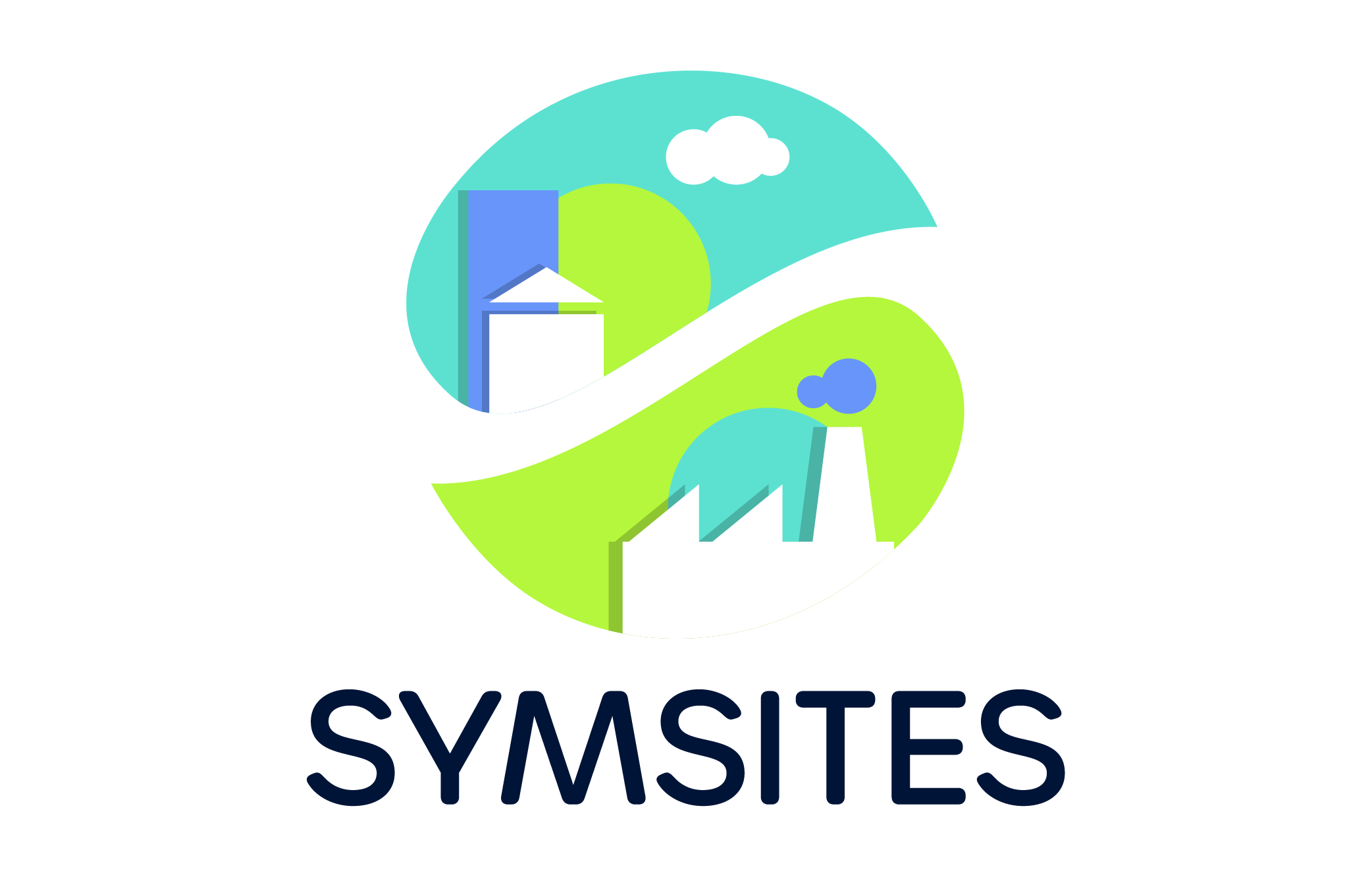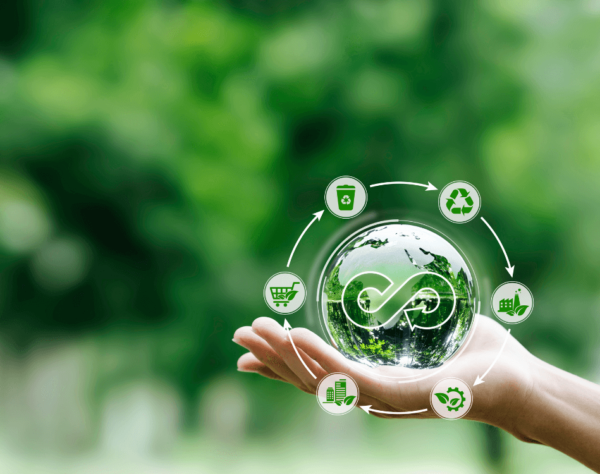
Redefining Waste: Transforming Food Waste into Valuable Resources for a Sustainable Future
Modern society is increasingly aware of the enormous importance of producing and consuming food that is convenient, nutritious and in sufficient quantities for the entire world population, while at the same time preserving the natural resources and ecosystems on which food systems depend. However, our food systems are under increasing pressure to respond to numerous and complex challenges such as food loss and waste.
More and more initiatives aim to safeguard food resources, but unfortunately, the statistics consistently show high wastage of food. Here are some figures:
- On average each European inhabitant throws away 131 kg of edible food each year, or over 2.5 kg each week;
- The associated market value of waste food was estimated at €132 billion;
- Around 10% of the food made available to EU consumers (in retail shops, food services and households) could be wasted;
- At the same time in Europe, over 37 million people cannot afford a quality meal every two days.
Although necessary, food production, like any other human activity, generates impacts on the environment.
This is because food raw materials must be grown, raised, protected from natural threats, harvested, processed, packaged, transported and stored. As can easily be imagined, each of these phases of the life cycle generates direct and indirect consequences on the environment due to the consumption of resources, energy and the emission of substances into the air, soil or water.
To build a more sustainable society, therefore, it is essential to improve all the phases previously described, but at the same time also reduce the generation of food waste following the main pillars of the Circular Economy. Since we live in a real and not utopian world, and the numbers prove it, food waste is a fact.
How can we then mitigate the impacts of this situation? Can we transform food waste into value-added products?
Science and technology have recently made great strides, by implementing real systems and developing value chains capable of diverting food waste from general disposal, towards new pathways that allow the exploitation of this waste to produce value-added products.
If appropriately separated, food waste can have multiple uses as new resources, which are made possible thanks to specific technologies and processes. The SYMSITES project aims to enable some of the possible paths to “reuse” food waste. This occurs through the development of pilot-scale ecosystems capable of exploiting Industrial-Urban Symbiosis (I-US) to collect waste, process waste and finally generate value-added products.
Here are some of the possible value-added products that can be generated from food waste and the processes enabling it:

- Bio-methane 🡺 from anaerobic digestion;
- Hydrogen 🡺 from dark fermentation and metabolic processes;
- Platform molecules for Chemical industries 🡺 from extraction processes ;
- Bioplastics 🡺 through biosynthesis exploiting micro-organisms;
- Fertilizer 🡺 from gaseous side-streams of anaerobic digestion process;
- Absorption materials for water treatment 🡺 from pyrolysis.
Food waste can therefore still be considered a resource.
The processes and technologies indicated above, therefore, allow extending the life cycle of organic waste, ensuring that what until recently was a simple waste (at most used to produce fertilizers and soil improvers) finds use in value chains with greater profitability and enablers for biobased production pathways that move away from the use of fossil fuels.





